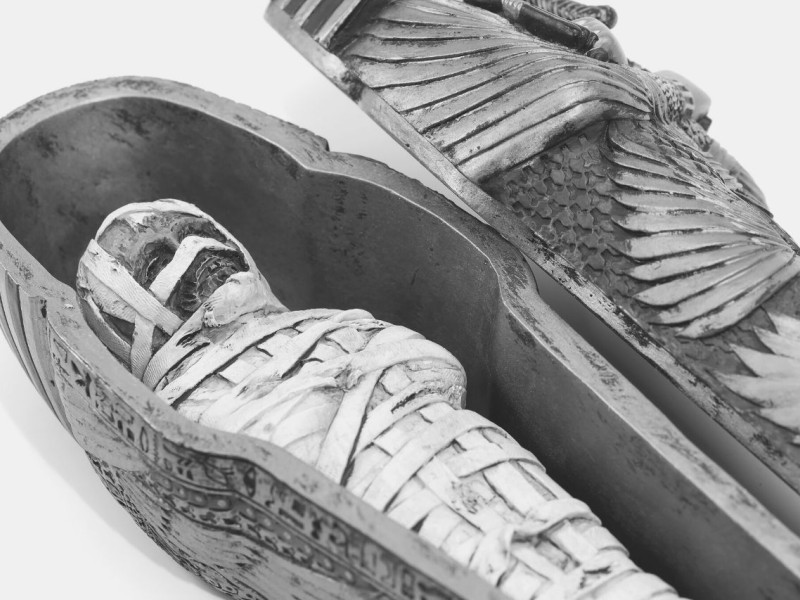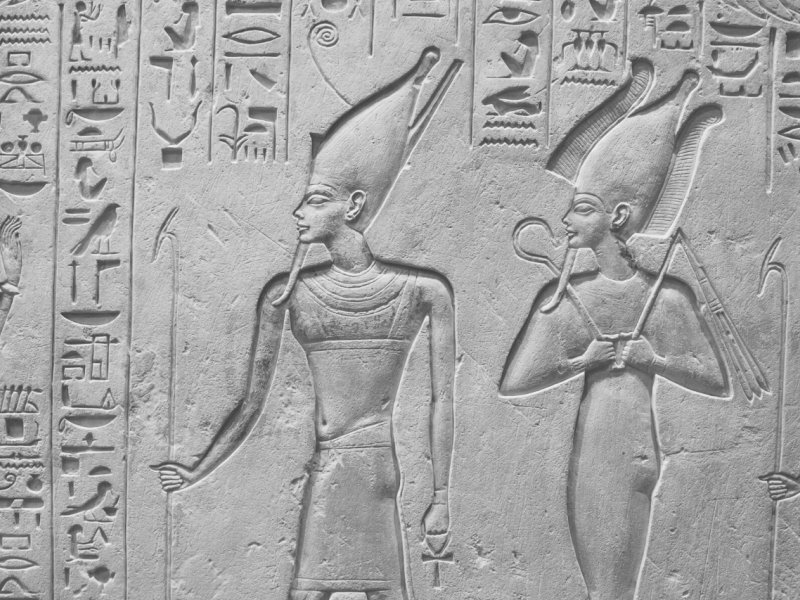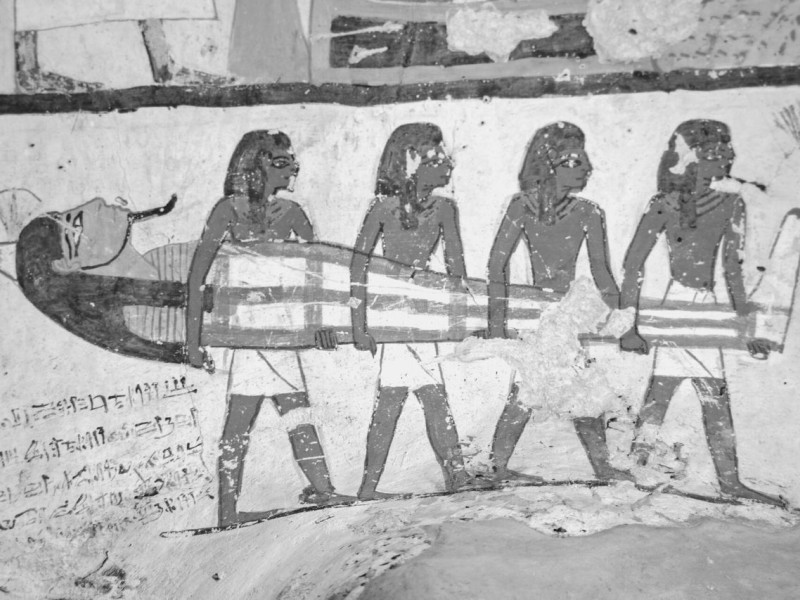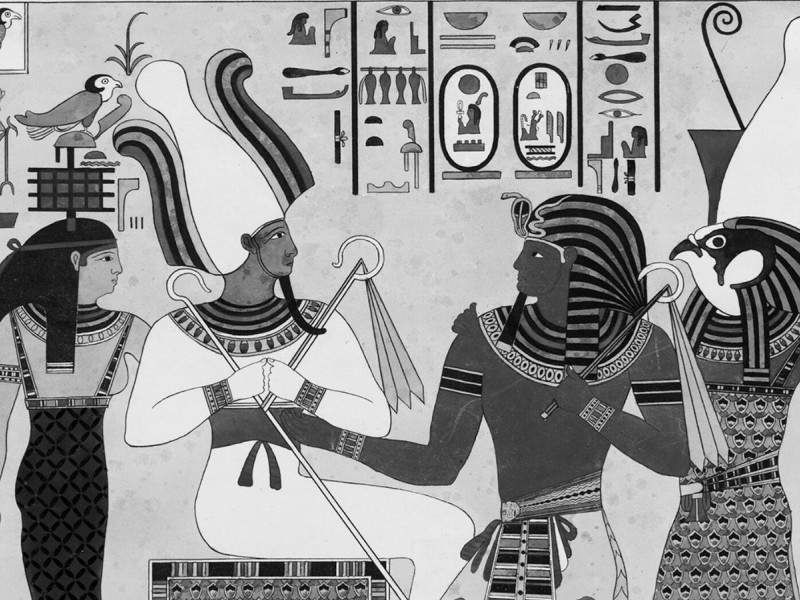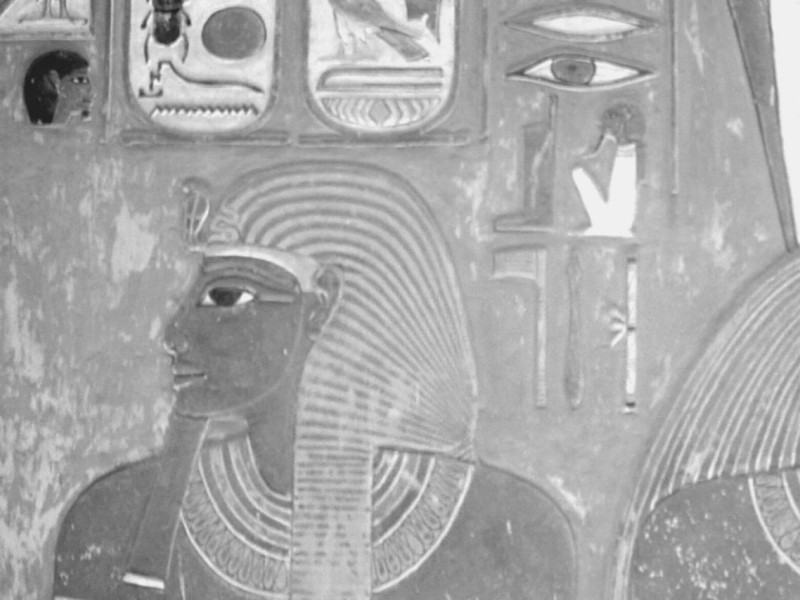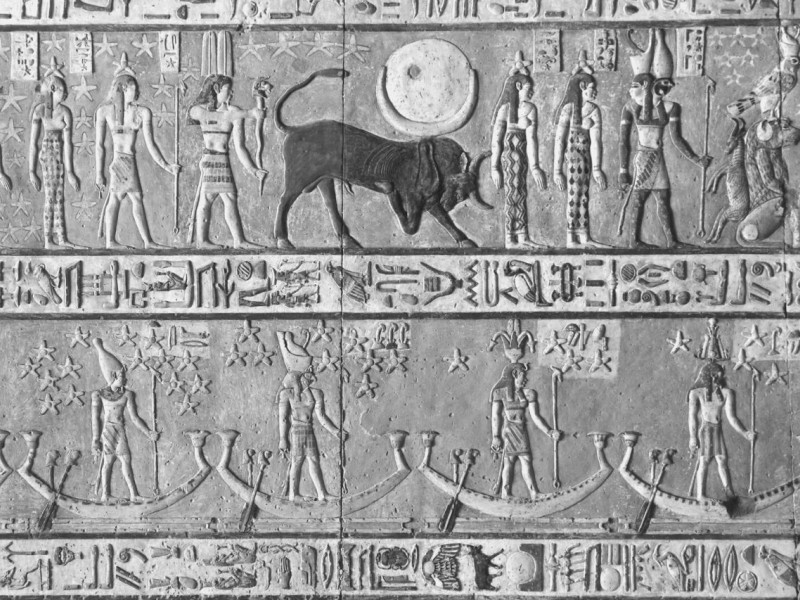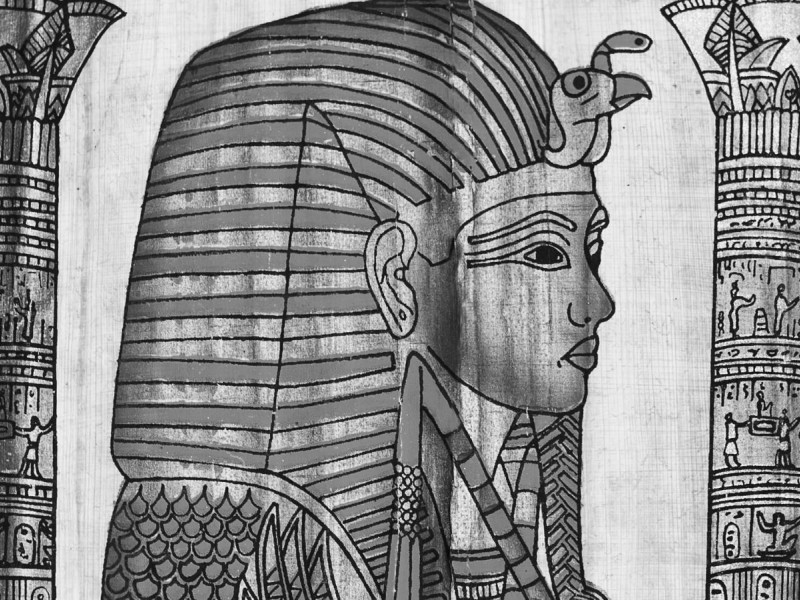Why Did Egyptians Mummify Their Dead: Religion and the Afterlife
Ancient Egyptians mummify their dead because they believed the body needed to be preserved in order to be able to enter the Afterlife. The essential purpose of mummification or embalming a corpse is to delay decomposition. However, mummification in ancient Egypt was a solemn religious ritual tied to their beliefs about what happened after death.
Keep on reading to find out all about ancient Egyptian mummification.
How Did Ancient Egyptians Discover Mummification?
Egyptians and all other cultures who practiced mummification likely discovered the mummification process by accident. They observed that burying a corpse in the sand or exposing it to extremely dry or cold air leeched the moisture from the body and significantly slowed the process of decay.
Once they observed the phenomenon, the Egyptians experimented to understand how the process worked and tried to improve the results using different methods and products.
How Long Did the Egyptians Practice Mummification?
There is no way of knowing exactly when Egyptians discovered natural mummification, so we don’t really know either how long they practiced mummification. Scholars generally believe that Egyptians began to deliberately mummify the dead around 3500 BCE, with simple methods and varying degrees of success.
The process seemed to reach sophistication around 1500-1000 BCE. Tutankhamun and other famous mummified pharaohs date to around this period.
In 2019, archaeologists discovered the mummy of Khuwy. His remains showed advanced techniques and high-quality embalming materials that were used regularly during the Middle Kingdom period. However, further studies have revealed that Khuwy may have lived and died during the Old Kingdom, nearly a thousand years before they thought. If Khuwy’s mummy is genuinely from the Old Kingdom, this discovery will rewrite history.
Mummification began to lose popularity around 400 CE when Egypt was under Roman rule. Once Christian beliefs were prevalent in the region, there was no longer a need for the practice.
Why Did Egyptians Mummify their Dead: Preserving the Soul
The reason for mummification was more than honoring the dead. According to scholars, the Egyptians embraced life after death, especially after the resurrection myth of Osiris became popular.
For average citizens, preserving the body was necessary because they needed it for the afterlife. To the pharaohs, the mummification ritual was also a vital part of returning to their status as gods.
Egyptians believed that their existence after death might not be much different than the life they lived. Families buried their deceased with food, tools, and luxuries: all the things they might need to enjoy their immortal existence. Rumor suggested that the dead who didn’t have all they needed to survive in the afterlife could haunt their families until they gave more. The modern platitude “you can’t take it with you” didn’t apply to the Egyptians.
Preserving the physical body, called the khat, was essential to the continued existence of the soul. The ka animated the khat, and the ba was the messenger that could travel between the earthly life and the afterlife.
When someone died, the Egyptians believed that the ka and ba separated from the khat. The ka needed to recognize the body so it could reinhabit it and continue “business as usual,” and the ba needed to fly back to its old body after its travels.
The Process of Mummification
Part One – Remove Everything Wet
The 70-day process of mummification was labor-intensive and expensive. Only the nobility and the wealthiest citizens could afford the advanced techniques described below as performed by priests or professional embalmers.
For those with some means to pay, the embalmers often skipped steps or used products of lesser quality. The poorest citizens likely buried their dead in the sand, which would still have preserved the body to an extent.
Preservation of the body meant removing things that would cause decay or rot. Egyptians found that desiccation dried the corpse from the outside in, but the moisture in the veins and internal organs could rot the body from the inside. Therefore, it was necessary to drain the corpse’s blood and remove the internal organs, especially those found in the torso.
The chief embalmer, wearing a mask of the god Anubis, cut a single slit in the corpse’s abdomen and removed almost all of its contents, setting them aside to dry.
The heart was the seat of the intellect to the Egyptians, so the embalmer replaced it inside the torso. According to archaeologists, the brain was removed in pieces using a long, hooked rod, similar to a crochet hook.
The embalmers inserted the rod into the nostril and removed the brain in pieces. Some sources suggest that they used the rod to liquify the brain, draining it out through the nose using gravity.
Part Two – Canopic Jars: Eternal Homes for Internal Organs
Once the embalmers removed the internal organs, they preserved four major organs for use in the afterlife. Once dried, these organs were placed in sealed wood, clay, or stone containers, called canopic jars. The head-shaped stoppers for these jars represented the four sons of Horus, who each protected a particular organ.
These included:
Happy (baboon) – lungs
Duamutef (jackal) – stomach
Qebhesneuf (falcon) – intestines
Imsety (human) – liver
One can wonder why these four organs, out of all the others in the body, were considered worthy of saving, while others like eyes, brain, or gall bladder were discarded. Perhaps they assumed that the larger organs were the most significant in the body and therefore most needed in the afterlife. Possibly, these organs were the best at surviving the drying process.
Part Three – Desiccation: Turning the Body into Human Jerky
With the moisture-rich organs removed, the body was ready for the longest step in mummification: desiccation. The process is eerily similar to the way meat is made into jerky for long-term storage.
First, the embalmers washed the body inside and out with herbs and palm wine. The alcohol in the wine helped dry out the tissues, and the herbs mitigated the odor.
Next, they filled the abdominal cavity with dry spices and small bags of natron, which was essentially a combination of salt and baking soda. They buried the entire body in natron for 35 days, allowing the substance to leech all moisture from the skin.
A newly discovered papyrus from around 1500 BCE contains notes that suggest the corpse’s face received special treatments. Fragments of the text mention that the embalmers treated a piece of red linen with a specific herbal mixture that held anti-bacterial properties.
They placed the cloths on the face for four days, repeating the process four times. Hopefully, further study of the papyrus will reveal when this part of the process occurred and what benefits the red linen offered for preserving the face.
After the drying period, the skin was tough and leathery, but the features remained recognizable. The embalmers moved the body and washed it lightly to remove excess natron. They needed to be careful not to reintroduce too much moisture to the corpse. To help the body retain its original shape, they stuffed it with straw, sawdust, or linen.
Part Four – Wrapping: A Meticulous and Reverent Ritual
After 35 days in natron, the corpse was still pliable enough to survive the wrapping process. Still, the embalmers needed to proceed with care to ensure that no harmful moisture infiltrated the process and no part of the body was left untreated.
Embalmers used over 100 yards of linen strips to wrap the bodies. These strips were sometimes called the “linen of yesterday” since the deceased’s clothing was often used to make the strips. They were also called the “tresses of Nephthys,” referring to the Egyptian goddess of death.
While the priests read prayers aloud, the embalmers carefully wrapped all parts of the body. Individual wrappings wound around each finger and toe before binding the hands and feet. The embalmers brushed resin onto the bandages to help them stick in place.
Once they covered the entire body, they tied the legs together and bound the arms in the classic position, and they placed a scroll with passages from the Book of the Dead in the corpse’s hands.
Then, they coated the body with resin to secure the initial layers of bandaging. Several layers of bandages and resin followed. As they wrapped the body, the embalmers tucked various amulets of blessing and protection within the bindings.
Once they finished the wrapping process, they placed a death mask resembling the deceased person over the mummy’s head. Usually, only royalty and the wealthiest citizens could afford this final touch. Archaeologists have discovered death masks made from several different materials, such as linen, plaster, wood, and in the case of Tutankhamun, pure gold.
The Practice of Mummification in Other Ancient Civilizations
Though Egyptian mummies are arguably the most famous, Egypt was not the only culture to practice mummification. The Chinchorro civilization in the Atacama Desert in northern Chile was the oldest culture to mummify their dead deliberately. Their practice dates to around 5,000 BCE, at least a thousand years before Egypt’s earliest mummies.
Other mummies have been found in many places throughout the world, including Asia, some areas of Europe like the Canary Islands, and North America. Some were mummified by accident due to optimum conditions in the area. However, there is evidence that the Chinese, the Incas, the Guanches, and others considered mummification an essential religious rite, as did the Egyptians.
Conclusion
In ancient Egypt mummies played a significant role in religious belief, and mummification was a common practice for thousands of years.
These are the concise facts to remember about mummification in Egypt:
The process of mummification was likely discovered by accident
Intentional mummification began around 3500 BCE and evolved and improved over the next few thousand years
Egyptians preserved the body of the deceased so its ka and ba could reunite with it after death and use it in the afterlife
Full mummification was expensive, so embalmers offered inferior services at lower prices
All blood and organs were removed from the body, except for the heart
The lungs, liver, stomach, and intestines were stored in canopic jars
They left the body in natron to dry out for 70 days
It took over 100 yards of linen strips to wrap the mummy
The final step was placing a death mask over the mummy’s head
Mummification was also practiced by peoples across the globe, including the Chinese, the Incas, and the Chinchorro
Professional scientists and “armchair archaeologists” alike have long been fascinated by Egyptian mummies. No doubt, they will be a popular source of study for centuries to come.




